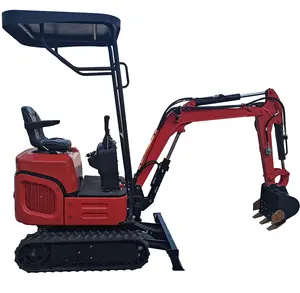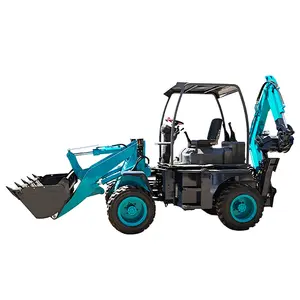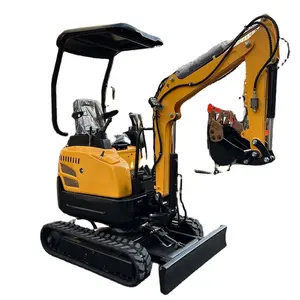Popular in your industry

















Related Searches:



























Top categories
About 8 cubic meter compactor garbage truck
Introduction to 8 Cubic Meter Compactor Garbage Trucks
When it comes to managing waste efficiently, an 8 cubic meter compactor garbage truck stands out as a pivotal asset for sanitation operations. This category of vehicle is engineered to consolidate waste, maximizing space and enhancing the logistics of garbage collection and transportation.
Understanding the Specifications
The core feature of an 8m3 compactor garbage truck is its capacity, designed to accommodate 8 cubic meters of waste, making it a suitable option for medium to large-scale waste management tasks. The compaction mechanism reduces the volume of trash, allowing for more waste to be collected before requiring disposal at a landfill or recycling center.
Types and Applications
There are various models within the 8 cubic meter garbage compactor category, each tailored to different waste collection methods, such as rear-loading, side-loading, and front-loading. These trucks are versatile, serving municipal waste collection, commercial waste management, and large facility maintenance.
Operational Features
An 8 cubic meter waste compactor truck is equipped with features that promote operational efficiency. These include robust compaction systems, reinforced bodies, and user-friendly controls. The design ensures that the truck can handle a variety of waste materials, from residential refuse to commercial debris.
Material and Build Quality
The construction of an 8m3 waste compactor involves high-strength steel and durable materials to withstand the rigors of waste collection and compaction. The trucks are built to maintain structural integrity over years of service, resisting corrosion and wear.
Choosing the Right Truck for Your Needs
Selecting the right 8 cubic meter compactor truck involves assessing your specific waste management requirements. Factors such as the type of waste collected, the frequency of collection, and the operational environment play a crucial role in determining the most suitable model.











